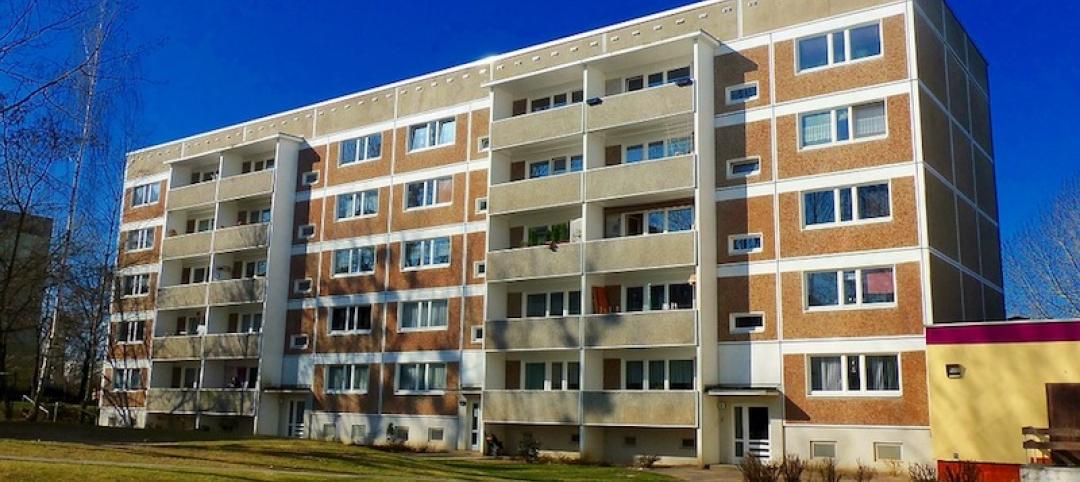The International Code Council approved building code changes based on recommendations from the National Institute of Standards and Technology's investigation of the EF-5 tornado that struck Joplin, Mo., on May 22, 2011.
The changes are aimed at protecting schools and their related high-occupancy buildings from the most powerful tornadoes. The updates apply to the most tornado-prone regions in the U.S., from northern Texas to central Minnesota, and from western Oklahoma to western Pennsylvania.
The updates will require enhanced protection for new school buildings and additions to buildings on existing school campuses. They will also apply to facilities associated with schools where people regularly assemble including gymnasiums, theaters, and community centers.
Storm shelters must be provided that protect all occupants from storms with wind speeds of 250 mph--the top intensity category, EF-5, on the Enhanced Fujita Scale. Storm shelter requirements will be published in ICC's 2018 International Building Code and 2018 International Existing Building Code.
Related Stories
Codes and Standards | Jan 9, 2019
Policymakers need to act to alleviate affordable housing crunch
Moody’s economist says costs including mortgage rates worsening situation.
Codes and Standards | Jan 8, 2019
Pittsburgh launches task force on construction industry fraud
Focus will be on wage violations.
Codes and Standards | Jan 7, 2019
Program uses low-cost sensors to monitor impact of stormwater mitigation systems
University/municipal partnership in Philadelphia aims to improve green infrastructure design.
Codes and Standards | Jan 7, 2019
Washington, D.C., to transition to 100% renewable energy by 2032
Includes measures to reduce emissions from buildings and transportation.
Codes and Standards | Jan 4, 2019
Canada’s National Building Code will include climate change obligations
New durability requirements for new buildings in the works.
Codes and Standards | Jan 4, 2019
LEED v4.1 beta registration begins in January
First releases are O+M, BD+C, and ID+C.
Codes and Standards | Jan 3, 2019
U.S. Appeals Court says general contractors can be cited for subcontractor violations
Ruling will prompt review of OSH decision that said GCs cannot be held liable for subs’ violations.
Codes and Standards | Jan 3, 2019
Tall mass timber code changes receive final approval
New provisions to be included in the 2021 International Building Code.
Codes and Standards | Jan 2, 2019
ASHRAE’s Low-Rise Residential Buildings standard update now available
Performance measures are at least 50% more efficient than 2006 IECC.
Codes and Standards | Jan 2, 2019
Study compares labor hours for various low-slope roofing options
Type of roof covering, project parameters, tool management, and crew efficiency all impact profitability.

















